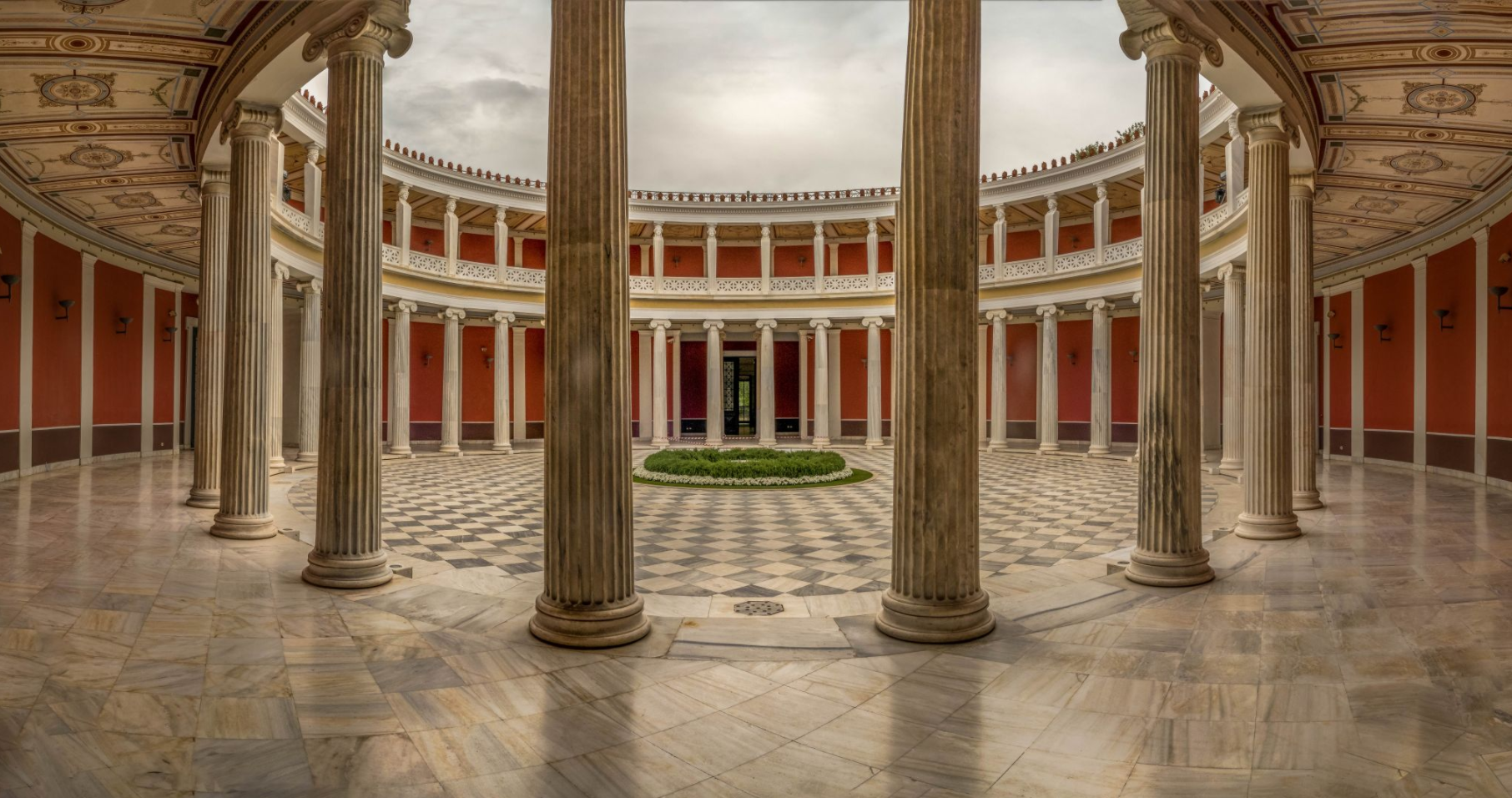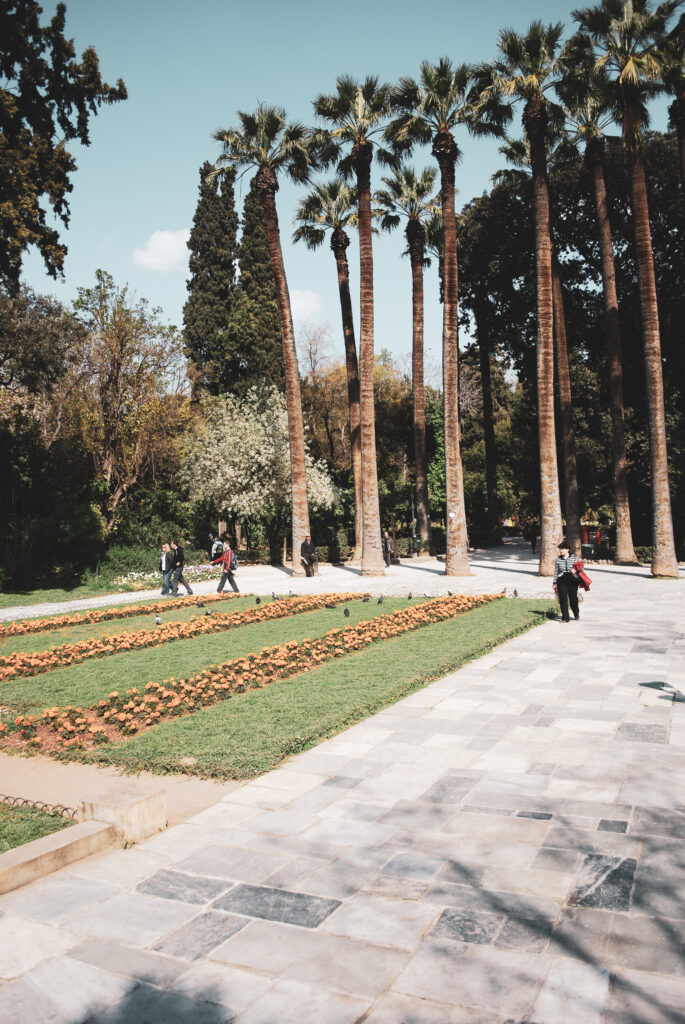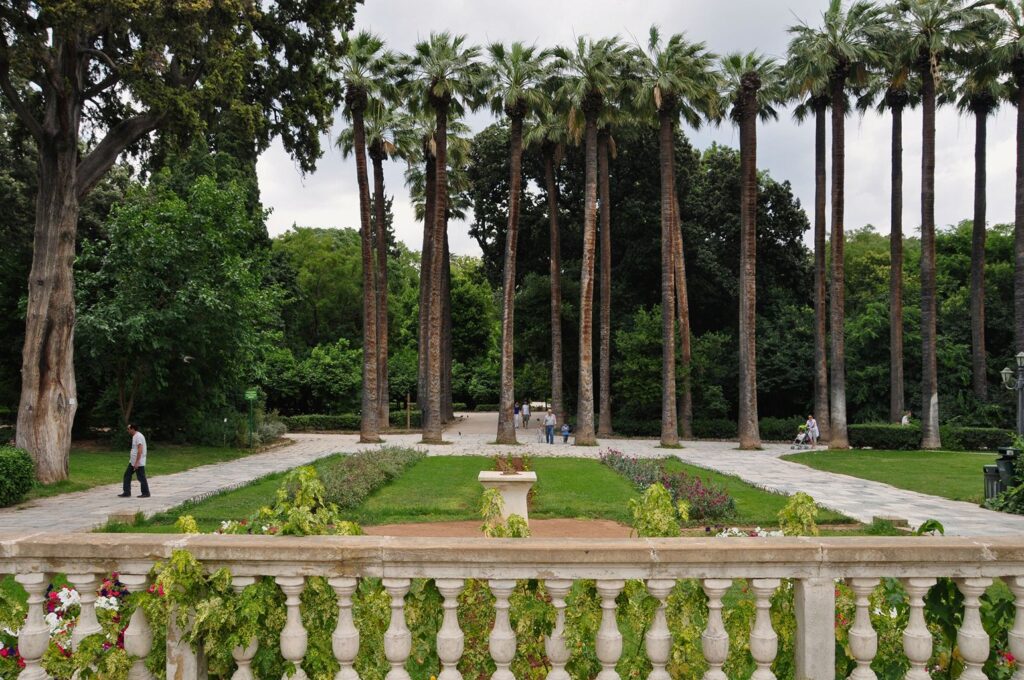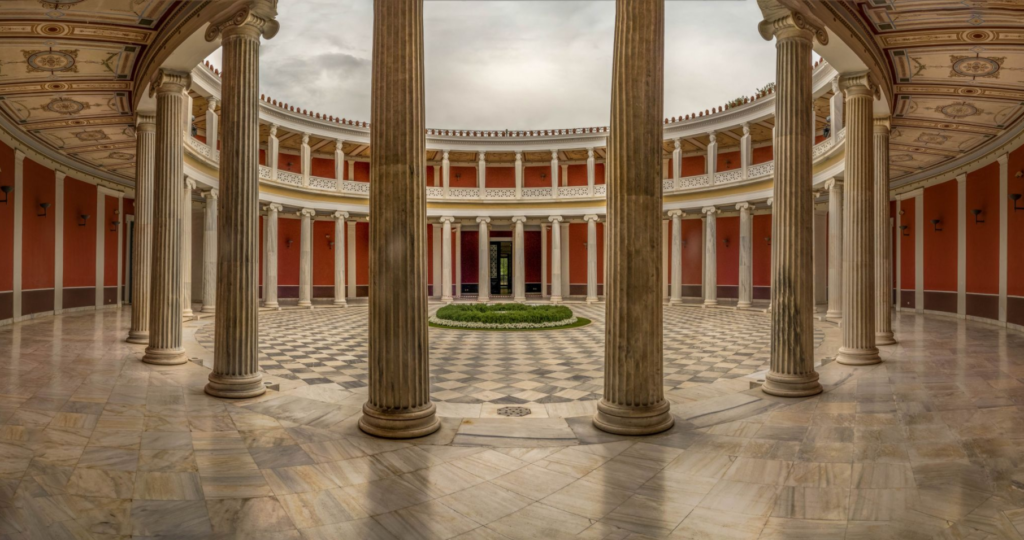One of Athens’ most striking buildings is the neoclassical Zappeion Hall, the first building in the world constructed in honour of the modern Olympic Games.
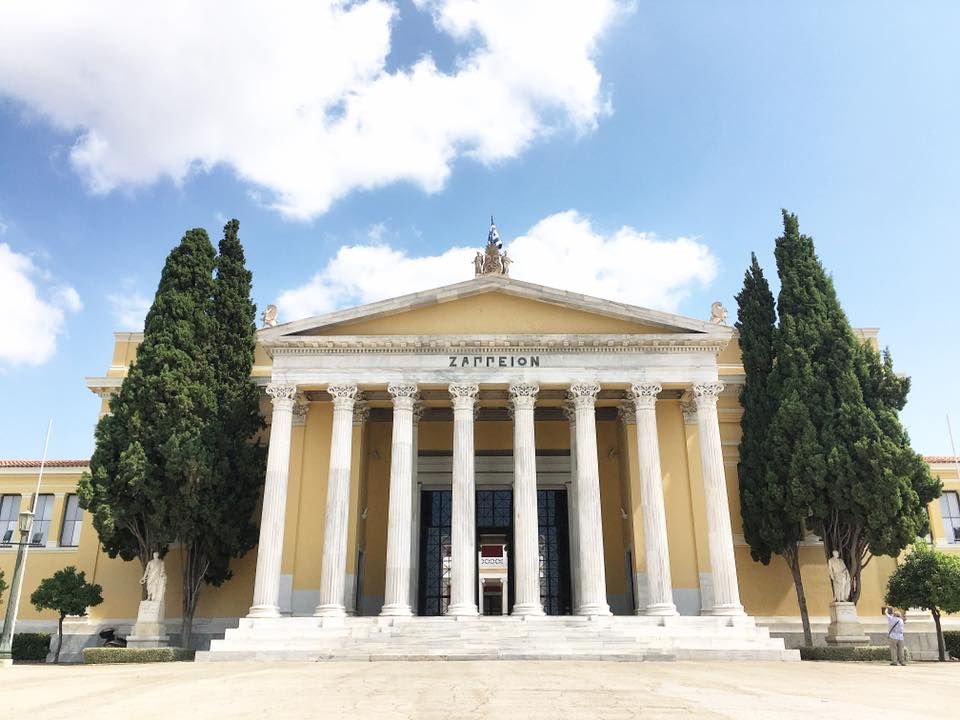
Designed by Danish architect Theophil Hansen and completed in 1888, its construction was funded by the national benefactor, Evangelos Zappas. Since its opening, Zappeion has been linked with numerous significant moments in Greece’s history. In the past few years, some of the country’s most significant events have taken place here- including European summits, political conferences, as well as art exhibitions, fashion shows and other artistic and musical performances.
Located in the centre of Athens, the Zappeion Hall is surrounded by the Greek Parliament building and the Tomb of the Unknown Soldier. Right next to it is the National Gardens and, opposite, on the side of the Ardittos Hill, the Panathenaic Stadium; Hadrian’s Arch and the ancient Temple of the Olympian Zeus.
The surrounding area of Zappeion is adorned with a multitude of statues, reflecting upon Greece’s modern history and at the main entrance are the statues of the two Zappas cousins, who funded the construction of the building; as well as a charming park, where locals go for a walk. Across Zappeion Hall there is Aigli, a nice café serving homemade pizza and club sandwiches as well as Aperol Spritz, salads and wines. Right next door is an open-air movie theatre of the same name, which is also loved by Athenians – especially during summer.
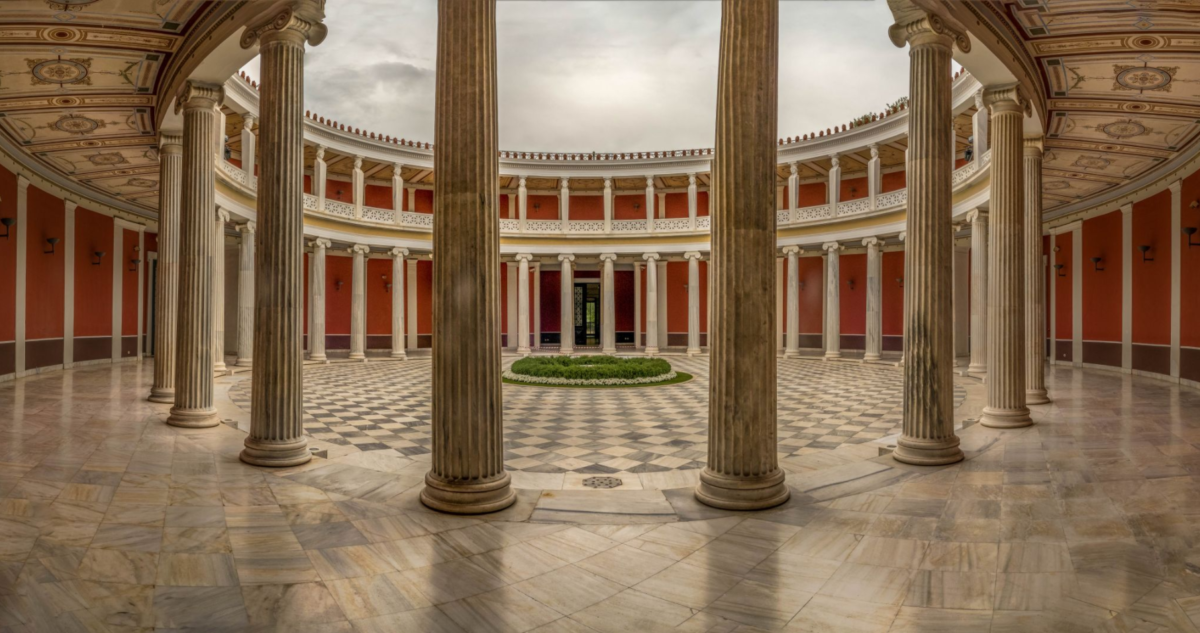
When visiting also make sure to check out the archaeological site of the Roman Baths built at the end of the 3rd century AD- they are located within the Zappeion grounds on Vassilissis Amalias Avenue. The site was discovered during excavations for the construction of the Athens Metro and has been made accessible to the public since 2004.
Zappeion’s gardens are surrounded by the streets Irodou Attikou, Vasileos Konstantinou, Vasilissis Olgas, and Vasilissis Amalias and the National Gardens feature charming lawns, atriums, patios, flower beds and charming orange trees that are also lovely to see.
A: Vasilissis Olgas Ave, Athens

